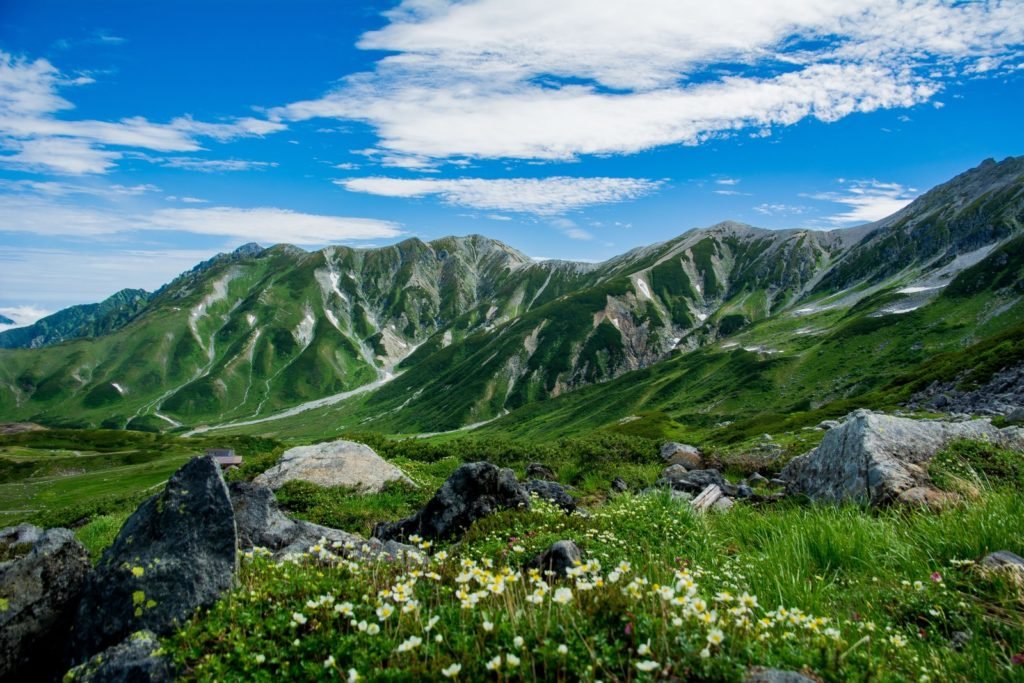Explore the Majestic Mountains of Japan: Trails, Peaks & More

Japan’s mountains are an enchanting blend of natural beauty, cultural significance, and geological wonder. From the iconic Mount Fuji to lesser-known peaks, each offers unique experiences for adventurers and nature lovers alike.
- The Iconic Mount Fuji: A Cultural and Natural Wonder
- Japanese Mountain Ranges: An Overview
- Hiking Adventures: Exploring Japan’s Famous Trails
- Sacred Peaks: The Spiritual Side of Japan’s Mountains
- Seasons in the Mountains: What to Expect Year-Round
- Geological Marvels: Understanding Japan’s Volcanic Heritage
- Biodiversity in the Highlands: Flora and Fauna of Japan’s Peaks
- Frequently Asked Questions About Japanese Mountains
- Conclusion: Why Japan’s Mountains Should Be on Your Bucket List
The Iconic Mount Fuji: A Cultural and Natural Wonder
Mount Fuji stands as a symbol of Japan, with its perfect cone shape drawing millions of visitors annually. It’s a UNESCO World Heritage site, revered in Japanese art and tradition. Climbing Fuji is a bucket-list experience, offering stunning sunrise views from its summit.
Japanese Mountain Ranges: An Overview
Japan’s mountainous terrain is dominated by three main ranges: the Hida, Kiso, and Akaishi. These ranges form the backbone of the country, providing diverse landscapes and hosting peaks such as Mount Hotaka and Mount Yari. Each range offers distinct geological features and ecosystems.
Hiking Adventures: Exploring Japan’s Famous Trails
Japan boasts some of the world’s most scenic hiking trails. The Kumano Kodo and Nakasendo routes combine nature with history, while the Japan Alps challenge seasoned trekkers. For beginners, Mount Takao near Tokyo offers an accessible yet rewarding hike.
Sacred Peaks: The Spiritual Side of Japan’s Mountains
Many mountains in Japan hold spiritual significance. Mount Koya, Mount Hiei, and the Three Sacred Mountains—Tate, Haku, and Fuji—are central to religious practices. Pilgrimage routes lead through serene landscapes, connecting travelers with ancient traditions.
Seasons in the Mountains: What to Expect Year-Round
Each season brings a unique charm to Japan’s mountains. Spring offers vibrant cherry blossoms, while summer is ideal for hiking. Autumn colors transform the scenery into a tapestry of reds and golds. Winter blankets the peaks in snow, attracting skiers and snowboarding enthusiasts.
Geological Marvels: Understanding Japan’s Volcanic Heritage
Japan’s mountains are shaped by tectonic activity. Active volcanoes like Sakurajima and Mount Asama offer a glimpse into the planet’s fiery heart. These geological forces also create hot springs, or onsens, perfect for relaxation after a long hike.
Biodiversity in the Highlands: Flora and Fauna of Japan’s Peaks
The mountains are home to diverse ecosystems. Alpine flowers, ancient cedar trees, and rare species like the Japanese serow thrive here. Birdwatchers and wildlife enthusiasts will delight in spotting golden eagles and bears in their natural habitats.
Frequently Asked Questions About Japanese Mountains
Conclusion: Why Japan’s Mountains Should Be on Your Bucket List
Whether you seek adventure, tranquility, or a spiritual journey, Japan’s mountains cater to all. Their majestic beauty and cultural depth promise an unforgettable experience, making them a must-visit for anyone exploring Japan.
If you want to discover other articles similar to Explore the Majestic Mountains of Japan: Trails, Peaks & More, you can visit the Travel & Adventure category.
Leave a Reply
More Related Posts